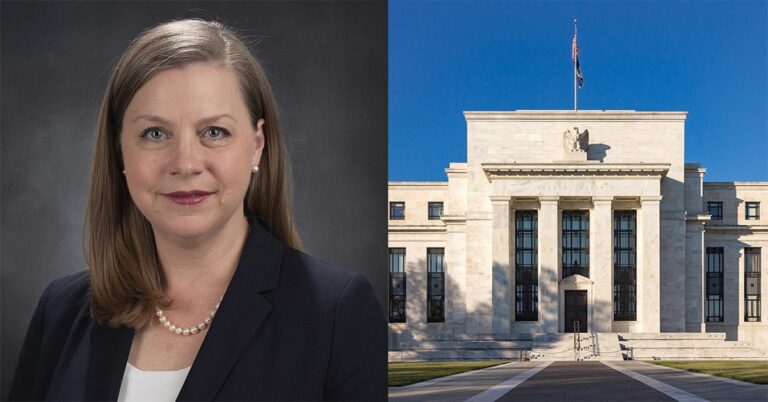There are almost $150 billion worth of office sector mortgages maturing by the end of next year, with another $300 billion, roughly, set to mature by the end of 2026, according to new data from Yardi Matrix.
It’s an impending volume of maturities that Yardi called “worrying,” given the perfect storm of soft demand, low property prices, rising costs, all while lenders look to reduce risk and limit their exposure to office properties.
Consider that, by dollar volume, 16.1% of the total mortgage debt in the office sector will mature by the close of 2024 and 32.7% will mature two years later. Those maturing loans are concentrated in urban Class A properties and within the largest markets in the country, with Manhattan having the most at stake. New York’s most office-saturated borough has $19.8 billion of loans for 1,159 properties set to come due by next year’s end, nearly double the dollar value of Los Angeles, the market with the second highest dollar amount of maturing office mortgages.
Ten metros have more than $5 billion in office mortgages maturing by the end of 2024, and nine metros will see at least 20% of office mortgages by dollar volume come due at that same time. Metros with the largest percentage of mortgage volume coming due in the short term include Houston at 29.7%, Atlanta at 28.8%, Philadelphia at 26.7% and Chicago at 26.4%. Further out, 10 markets have at least $10 billion coming due by the end of 2026. By dollar volume, more than half of office mortgages will mature by the end of 2026 in Atlanta (52.6%) and Houston (50.5%).
Many of the markets with a large number of loans maturing also currently have high vacancy rates, including Houston (24.9% as of October 2023), Atlanta (18.7%) and Chicago (17.9%). That combination could spell double trouble ahead for such cities, with present weakness in demand meeting a large number of loans coming due — a model recipe for potential distress.
Distress, Yardi noted, is already starting to rise, with 5.8% of office loans pooled into commercial mortgage-backed securities (CMBS) delinquent in October 2023, according to the CRE Finance Council and Trepp. That’s up from 1.8% in October 2022 and 1.9% in December 2019. Additionally, roughly $9.8 billion of CMBS loans (comprising 8.3% of all such mortgages) were already in special servicing as of September 2023.
“Those negative numbers will increase as loans mature and properties face a funding gap — in other words, they qualify for fewer proceeds than existing debt in place because banks have grown more conservative while mortgage rates have shot up as Treasury and SOFR indexes rise,” said Paul Fiorilla, director of research at Yardi.
How much office distress will keep growing, Fiorilla added, largely depends on how long rates stay high and if they rise even more.
“The worst case scenario is if the job market weakens while property values continue to fall and interest rates rise from current levels,” Fiorilla said. “A more optimistic scenario would have the employment market remaining strong while interest rates stop rising or even fall. In either scenario, office delinquencies are likely to jump, but the optimistic scenario would mitigate the pain as opposed to creating a larger crisis.”








